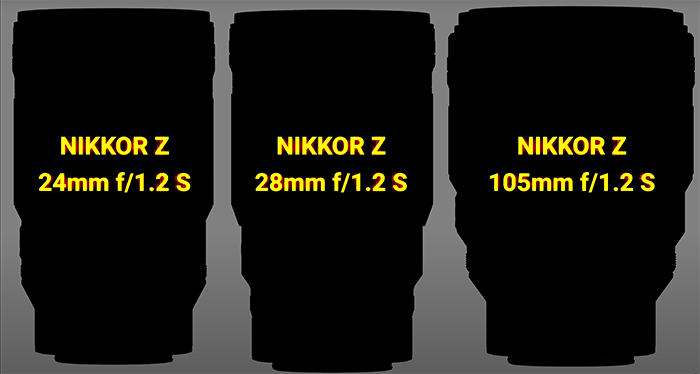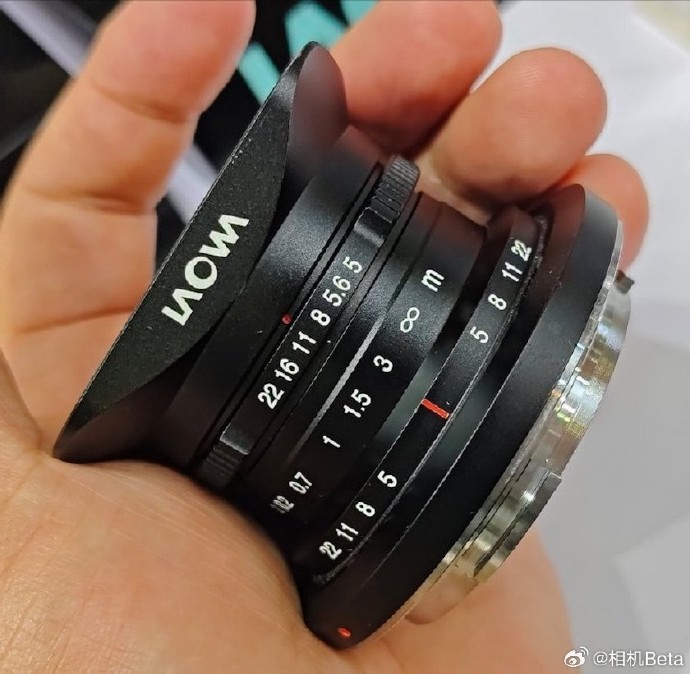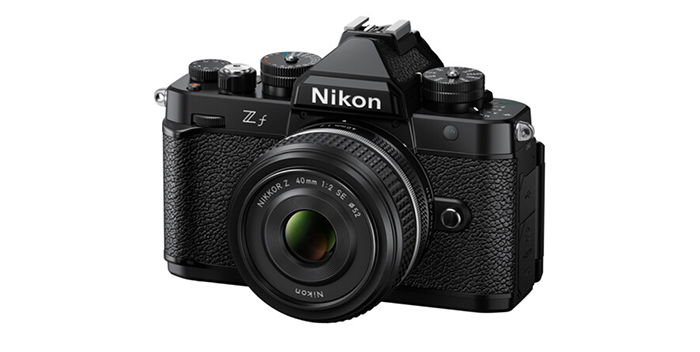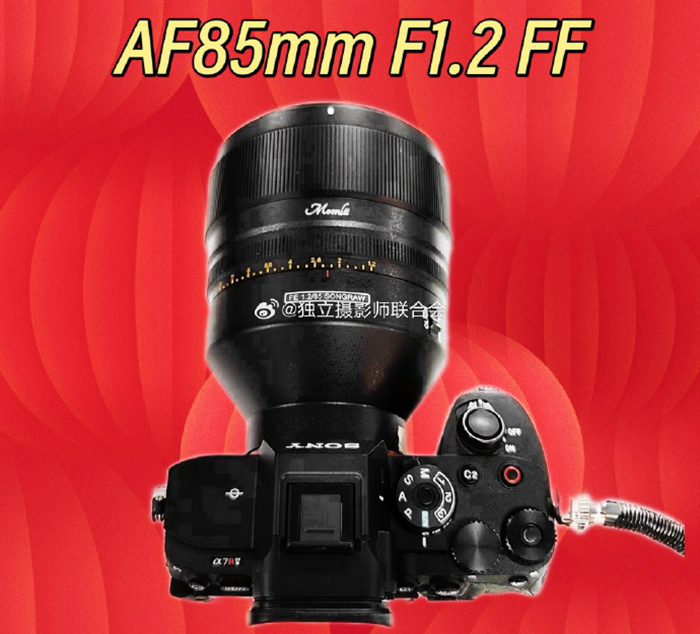The Japanese shop Mapcamera has published the 20 best-selling cameras of the last 12 months

Mapcamera shared the top 20 best-selling cameras from April 2024 to the end of March 2025:
- Fujifilm X100VI
- Sony a7CII
- Fujifilm X-T50
- Nikon Zf
- Fujifilm X-T5
- Canon EOS R5 Mark II
- Nikon Z6III
- Ricoh GRIIIx
- Sony a7IV
- Canon EOS R6 Mark II
- Nikon Z50II
- Nikon Z8
- Sony a7RV
- Fujifilm X-M5
- Ricoh GRIII
- Panasonic LUMIX S9
- DJI Osmo Pocket 3
- OM SYSTEM OM-1 Mark II
- Nikon Zfc
- Sony ZV-E10
And here are the top 20 of the USED camera sales:
Just announced: New TTArtisan 35mm T/2.1 Dual Bokeh Cine Lens
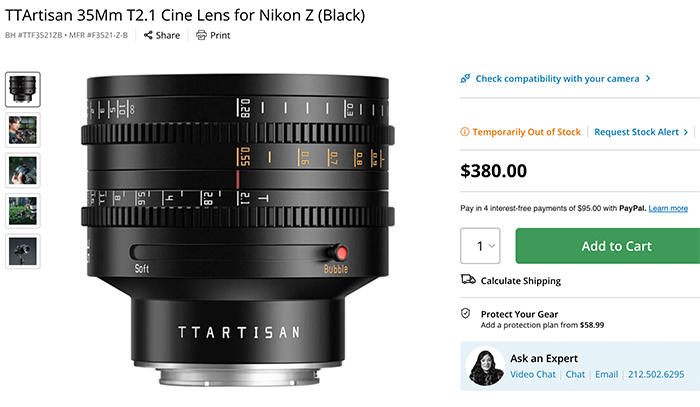
TTartisan announced this dual bokeh Cine Z-X-E-L-RF mount lens you can preorder at BHphoto, Amazon, TTartisan, FotoErhardt.
Here is a review that explains what’s so unique with this lens:
Nikon Z50II wins the Tipa Award….but there’s a catch
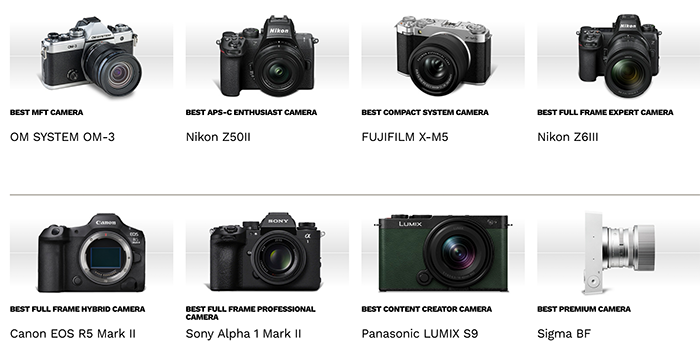
The Tipa association announced the 2025 winners. But keep in mind that these awards have a bad reputation.TIPA does receive money from companies—especially through logo licensing fees—and while it claims editorial independence, many in the photo community treat its awards with a grain of salt.
That’s why they create as many categories as possible to sell their fees to manufacturers 🙁
March data: Best-selling cameras on Mapcamera
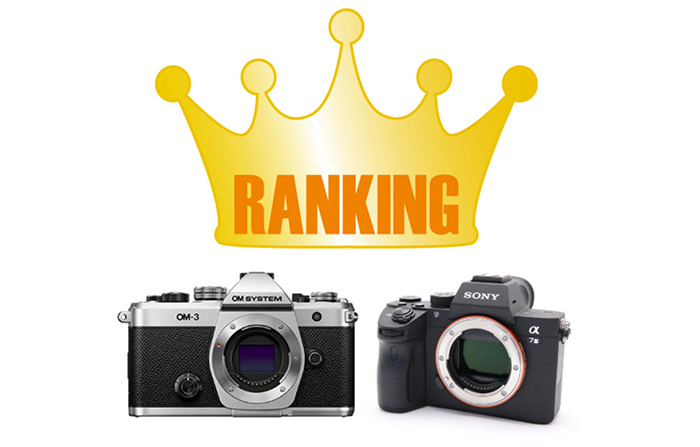
The Japanese shop Mapcamera published its ranking of the 10 best-selling cameras in March.
New cameras:
- OM SYSTEM OM-3
- Nikon Z50II
- RICOH GR IIIx
- Canon EOS R5 Mark II
- RICOH GR III
- SONY α7C II
- Panasonic LUMIX S1RII
- Nikon Z f
- FUJIFILM X-M5
- FUJIFILM X-T50
Used cameras:

